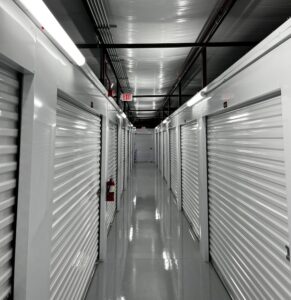Unpleasant odors can come from many sources in your home or building, and can worsen as temperature and humidity levels go up. Odors, which are actually a bunch of tiny gas particles that have accumulated in a non-ventilated area, usually dissipate on their own, but some do not and can be toxic if inhaled over long periods. Priority Energy will identify the source of the bad smell and recommend the best solution for remediating and/or eliminating the root cause.
Some of the many odor-causing culprits (according to the CDC) include:
- Building materials
- Furnishings
- Plumbing drains
- Flue gases
- Chimney creosote
- Mold
- Mildew
- Bacteria
- Septic or sewer gases
- HVAC ductwork
- Air handlers
- Contaminated concrete
Solutions for Eliminating Indoor Odors
In most cases, persistent indoor odors are related to an imbalance in the above mentioned air quality components (temperature, moisture, particulates and pollutants) and can be easily eliminated once the main source of the problem is located and identified.
Our odor mitigation solutions may include:
-
Adding a carbon-based filter to the furnace.Carbon is activated when it comes in contact with steam. This process creates millions of extremely tiny pores that are highly absorbent and will trap tiny particles like odors and gases.
-
Improving ventilation with a whole-home system or a spot-specific approach for diluting contaminants. Heat Recovery Ventilation (HRV) or Energy Recovery Ventilation (ERV) systems are energy efficient, compact units that bring fresh air inside while taking out equal amounts of stale air.
-
Installing a PCO system. Photocatalytic oxidation is achieved when UV light rays interact with a titanium-coated filter to create highly reactive electrons that attack bacteria and VOCs. PCO air cleaners can fit on a table, bookshelf or can even be put inside the ductwork.














